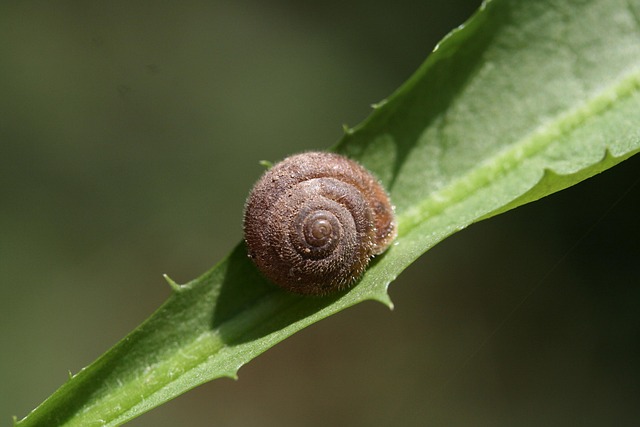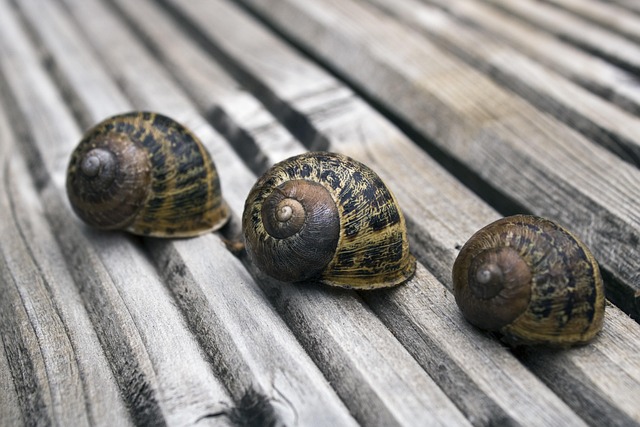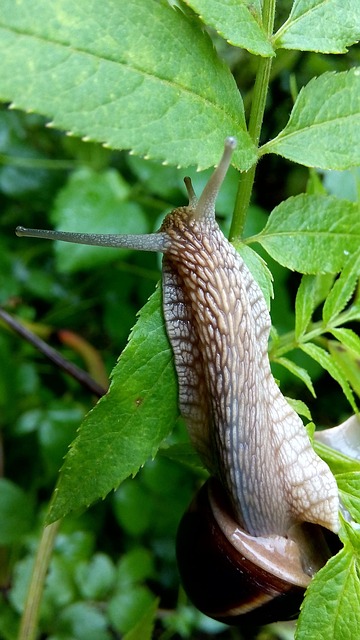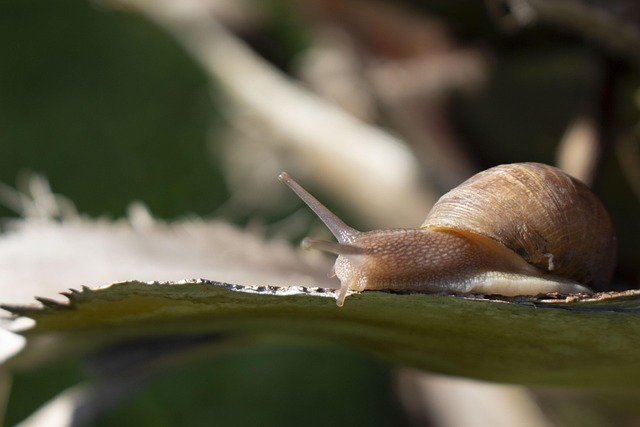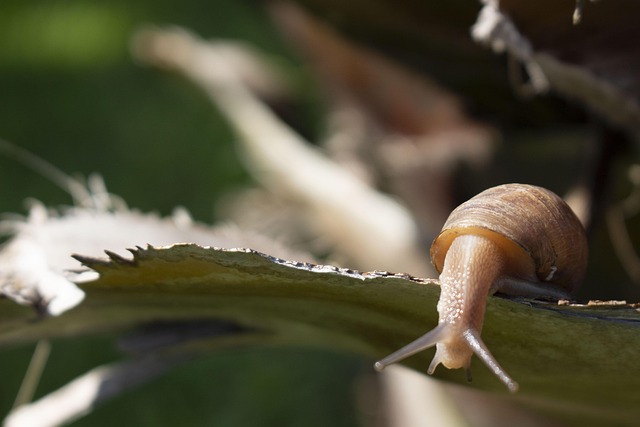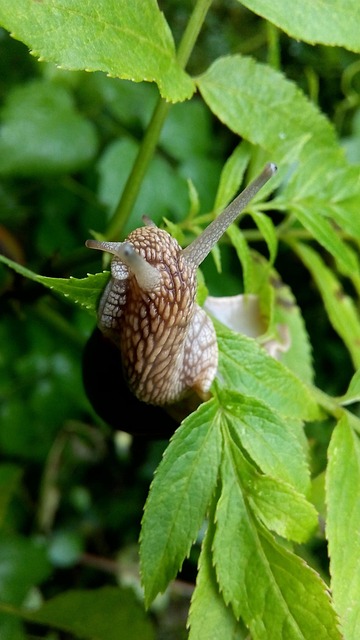A new conservation scheme is bringing together wildlife experts and volunteers in an effort to protect London’s increasingly elusive German hairy snail. This unusual mollusc, named after the tiny hairs covering its shell, is considered one of the UK’s most threatened species. Now roughly the size of a small finger, it survives only in scattered pockets of damp riverside habitat along the River Thames. Its delicate hairs, which cover its smooth, rounded shell, are thought to help regulate moisture, allowing the snail’s slime to remain sticky enough for it to grip wet vegetation and other riverside surfaces.
++ Mysterious whistle sends shivers through empty UK hospital
Led by Citizen Zoo and the Zoological Society of London (ZSL), the project team has begun a series of surveys aimed at mapping the snail’s presence across the capital and guiding future conservation work. Over recent months, teams have searched both confirmed and potential habitats along various London waterways, including sites in Newham, Richmond upon Thames and Barnet.
Researchers hope to build a clearer picture of the snail’s remaining UK range and explore how habitat restoration, pollution control and carefully relocating individuals between sites could support population recovery. Joe Pecorelli, freshwater conservation programme manager at ZSL, said: “This delightful little snail has lived along our riverbanks and wetlands for thousands of years – yet it is now incredibly rare in Britain, possibly confined to just a few locations beside the Thames.
“These surveys will help us understand its current status and how best to protect it – safeguarding its future, while also supporting London’s green spaces for both wildlife and local communities.”
Designated a priority species in London’s biodiversity action plan, the German hairy snail was first formally recorded in Britain in 1982. However, fossil evidence suggests it has existed here since at least the Stone Age – and possibly as far back as the last Ice Age, when Britain was still connected to mainland Europe. During that era, the Thames remained linked to the Rhine, Germany’s longest river, which today flows into the North Sea.
++ UK police trial first aI virtual assistant to handle public enquiries
By identifying the snail’s strongest remaining populations, conservationists aim not only to secure its survival but also to restore and enhance London’s river habitats more widely. These ecosystems, they note, support numerous native species, including water voles, dragonflies and kingfishers.
Elliot Newton, director of rewilding at Citizen Zoo, said: “The German hairy snail encourages curiosity and highlights the extraordinary biodiversity hidden across Greater London.
“It reminds us of the remarkable nature thriving right on our doorstep.
“Through collaboration and community involvement, we can better understand London’s lesser-known wildlife and take meaningful steps to protect it.”
The initiative is being delivered alongside London Wildlife Trust, the Conchological Society of Great Britain and Ireland, Greenspace Information for Greater London CIC and the Port of London Authority, with financial backing from Thames21 and the Conchological Society of Great Britain and Ireland.
